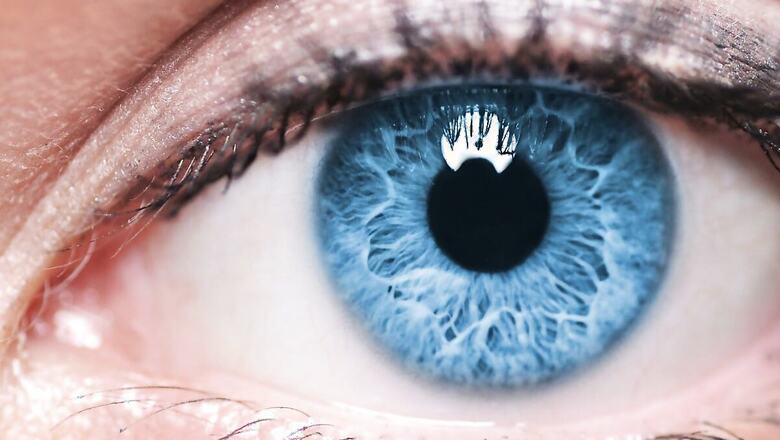
views
At a time when scientists around the world have been conducting research to find a cure for blindness, the swift advancements in technology have brought in a noteworthy development in this field: a bionic eye created by researchers at Monash University in Australia. Known as the ‘Gennaris Bionic Vision System,’ this innovative technology will help millions affected by blindness, aiming to revolutionise the approach to treating conditions previously deemed untreatable.
The Gennaris system represents nearly 10 years of dedicated research with its operation involving bypassing damaged optic nerves and sending signals directly to the brain’s visual center, enabling users to interpret images. Following encouraging results from animal testing, the system is gearing up for its initial human clinical trials in Melbourne. Trials conducted on sheep showed successful implantation with minimal adverse effects, making the upcoming human trials pivotal in assessing its ability to restore vision and pave the way for broader application.
The system is said to be a collaborative partnership between Monash University and Alfred Health, being developed since 2010 under Monash Vision Group (MVG). At the heart of this technology is a wireless implant that delivers patterned electrical stimulation to the brain. With up to eleven small implants, about the size of a thumbnail, it can be positioned on the brain’s surface and programmed wirelessly to stimulate brain cells with tiny electrical pulses. Further, when placed on the visual cortex, these pulses are perceived as visual information, enabling recipients to recognise basic shapes and outlines, assisting in navigation and object identification.
It is pertinent to note that the Gennaris system has the ability to replicate the natural structure of the eye and currently offers a 100-degree field of view, slightly less than the human eye’s 130-degree range. Additionally, it also comprises a mini camera, which is worn by the user on custom-designed headgear and can produce high-resolution images through signal processing techniques.
With this groundbreaking research, it signifies a pivotal moment in the evolution of treatments for blindness.
















Comments
0 comment